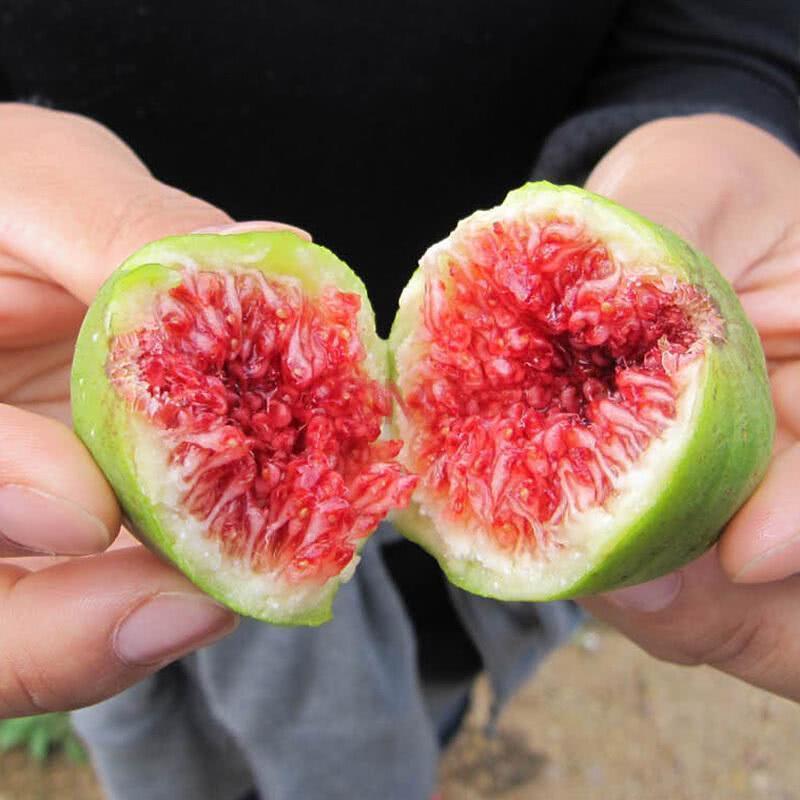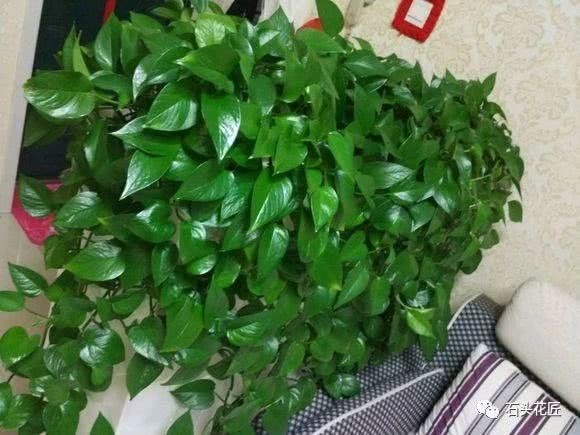Never raise flowers directly in the old soil. 4 tips: 1 worm is not clean and will not get sick.

After summer, many flower friends died a lot of flowers, more than a lot of empty pots! With the temperature becoming more and more suitable in autumn, many flower lovers choose to buy more flowers and grow flowers in the original flowerpots. I believe that most of them plant new flowers directly on the soil of old flowerpots. In fact, this practice is not good. It is easy to bring the diseases of the original dead plants to the newly bought flowers. Let's take a look!
"
Grow flowers in the old soil. "
Usually, there are many sources of flower soil in our life, some of which are the old soil left over from the death of diseases and insect pests in the process of flower cultivation, some because of the old soil left over from flower pots, and some of the flower soil we dug outdoors, such as rotten leaf soil, pine needle soil, and so on, and some of them are purchased flower soil.
-do not use flower-growing diseased soil-
If it is the old soil left by the sick flowers, it is recommended not to continue to use it, because an improper one may infect the new plant, and the loss outweighs the gain. For example, the root nodule disease of the rose, known as the cancer of the rose, can infect other plants, so if it is found that the disease is causing the death of the plant, do not dump it together, and the flowerpot should be exposed or disinfected in other ways.
-change the basin of old soil can be used-
If the soil left over from a normal change of pot can continue to be used, most flowers will have to change the soil every 1-2 years. In addition to the plants growing up and the roots growing all over the flowerpots, the nutrients in the pot soil are gradually depleted, and the leaves will become yellow and thin or even lose leaves due to lack of nutrient supply. The most important thing is the crushing of particles in the soil, which greatly affects ventilation and drainage, resulting in problems such as poor breathing or inability to extend the roots of new plants.
-the problem of extraneous nutrient soil-
Whether you buy or dig your own soil, they all belong to foreign nutrition soil, because you don't know whether it contains diseases, insect pests or eggs, so before use, like the old soil, it is better to deal with it before use.
Especially for flower friends who dig their own soil, some rotten leaf soil dug outdoors is nutritious, loose and breathable, but it contains more bacteria and insect eggs, if it is not killed first, it is likely to infect flowers and plants at home.
-tips on flower soil treatment-
Therefore, before any flower soil is used, it is best to disinfect and disinfect it first, and then use it as the safest. Here are several common methods of flower soil treatment.
First, exposure to sterilization, the flowers and soil will be spread out for a few days, in which the insects and germs will be much less, without diseases and insect pests, the root system is very strong.
Second, the flower soil mixed with disinfection and sterilization, the flower soil can be mixed with some tachongdan or other insect medicine, a small amount of carbendazim or chlorothalonil, mixed with a knot, put in the sun exposure, pests will be dealt with very clean.
Third, it can be scalded with boiling water, which is suitable for some relatively clean media, such as river sand, vermiculite and so on, which does not contain much bacteria, so it is simple, convenient and fast.
Fourth, it can be heated by old microwave ovens, and there are some old-fashioned microwave ovens at home, which can be used for sterilization and disinfection. Under the condition of high temperature and high dose of radiation, germs and pests are almost 100% killed. The effect is very clean, but it is a little troublesome.
-the use of old soil-
After treatment, new rotten leaf soil, particles and organic fertilizer can be added, and the proportion is generally as follows: 2 parts of old soil, 1 part of new peat soil or rotten leaf soil, 1 part of granular soil, and then mixed with an appropriate amount of slow-release fertilizer or mature organic fertilizer.
In this way, the old soil can be used. Generally speaking, the more miscellaneous the soil sources, the better. Coconut bran, perlite, cow and sheep dung, shavings and sawdust can all be mixed in, which can be used to grow flowers as well as new soil.
Four small methods for the treatment of flower-growing soil
The insect disease ran away.
See which one suits you!
Show it to the flower friends who need it.
- Prev

The fruit that takes root after 30 days of cutting figs is sweeter than honey.
Every time Huahua goes to the market, he will see a merchant shouting to sell sweet figs. There is one in two steps, some of them are relatively large sellers, and some grandparents pick them from the trees at home.
- Next

Green pineapple likes to add a few long-lasting leaves to its basin.
Green pineapple has become a common family flower, each household will give the family a pot, or even more pots of green pineapple, especially the newly decorated new house, the owner will put green pineapple in every corner of the house, which can be effectively absorbed because of installation.
Related
- Wuhan Hospital Iron Tree Blooming Result Was Instantly Frightened by the Gardener Master
- Which variety of camellia is the most fragrant and best? Which one do you like best?
- What is the small blue coat, the breeding methods and matters needing attention of the succulent plant
- Dormancy time and maintenance management of succulent plants during dormancy
- Minas succulent how to raise, Minas succulent plant pictures
- What are the varieties of winter succulent plants
- How to raise succulent plants in twelve rolls? let's take a look at some experience of breeding twelve rolls.
- Attention should be paid to water control for succulent plants during dormant period (winter and summer)
- Watering experience of twelve rolls of succulent plants
- Techniques for fertilizing succulent plants. An article will let you know how to fertilize succulent plants.

